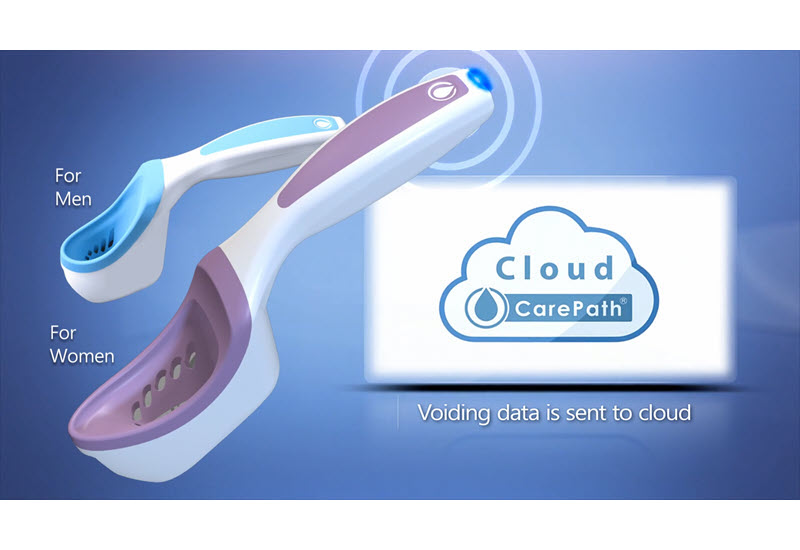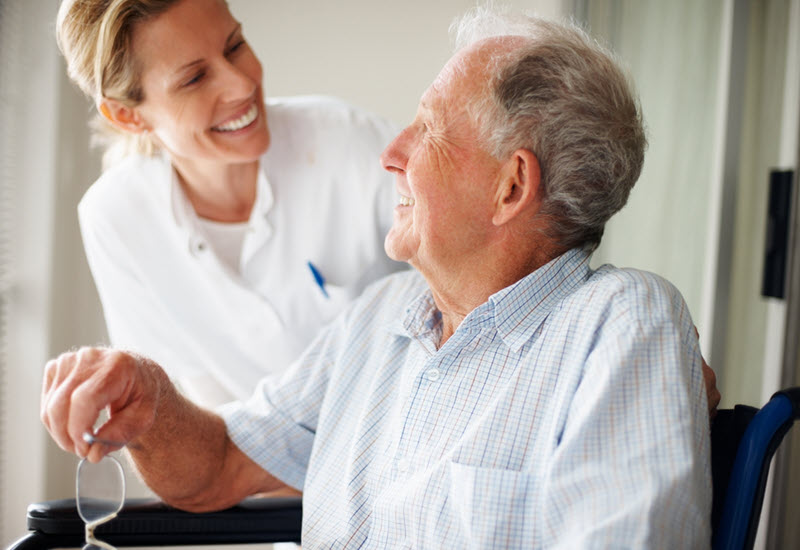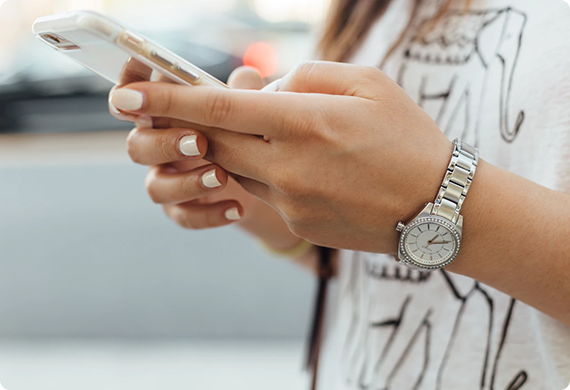About
The first and only remote patient monitoring system for urology.

I-O Urology
If we DECREASE the burden on uro/urogynecology patients – we can –
INCREASE patient compliance and data accuracy
INCREASE confident and appropriate diagnoses
INCREASE patient satisfaction and comfort
DECREASE overall healthcare costs.
This is an evolution in urologic care, wouldn't you agree?
Who benefits from the CarePath® system?

THE PATIENT BENEFITS!
IT’S SO MUCH EASIER!
“All I have to do is void in the CarePath device and rinse it!”

THE PHYSICIAN BENEFITS!
THE DATA IS ACCURATE!
“I know, in real time, how the patient is progressing. Then I get consistent, preformatted reports!”

HEALTHCARE BENEFITS!
OVERALL SYSTEM COSTS GO DOWN!
“More patients get appropriate care, earlier!”
Meet the Team

Britton Garrett
Chief Executive Officer
- 15+ years of medical device & medtech executive experience
- Multiple startups
- Medtronic: Sales Leadership, Corporate Strategy, Business Development, Executive Director roles
David Gillam
VP Market Development & Co-Founder
- 29+ years in MedTech
- Market Development and Sales of 30+ new products
- 19 years in the Urology field


Ryan Willemsen
Chief Operating Officer
- 16+ years in MedTech
- Development and Commercialization of 20+ new products
- 10 years in the Urology field
Keith Moore
Chief Technology Officer
- 15+ years in Digital Health
- Design and commercialize digital navigation and patient applications

Research & Development

CarePath is blessed with some of the most talented system designers and engineers (electrical, mechanical, software, and production) available today in the medical device industry.
FAQs
You have questions. We have answers!The CarePath device turns on and off automatically.
The action of positioning the device for voiding turns the CarePath device on. It also automatically gathers the appropriate voiding data and sends it to the CarePath cloud.
We made the CarePath device exceedingly easy for use. The only thing you have to do is place the device in the proper position to void into it.
Simply rinse the bucket portion of the CarePath device under the tap after each void, after which the device can be placed in the handy carrying bag.
Nothing, really.
The CarePath device is designed to be fully water-resistant and can be submerged in water for brief periods of time without suffering any damage.
Should the device fall into the toilet bowl, simply retrieve it and rinse appropriately.
The unique advantage of the CarePath system is the patient can void in the comfort of their own bathroom when they have the natural urge to urinate.
We remove the imperative to “void on command,” restoring patient dignity and making CarePath use easy and convenient.
Yes, we designed the app to require just three clicks to enter fluid intake. It should take the average user less than a minute to record the liquids they consume.
The CarePath device recharges completely in under two hours.
Once fully charged, it should last approximately two weeks under normal use, so it will be exceedingly rare for a patient to run out of battery.
Each patient is assigned a new, medically clean bucket for personal use. Carefully wash and wipe down the reusable handle using antibacterial antiseptic solutions to render it medically clean.
All voiding data is sent to the CarePath cloud where it is organized into appropriate medical reports that can be retrieved by the physician or other healthcare providers online.
No, the clinic is not fiscally responsible.
When receiving a CarePath device to use at home, each patient signs an agreement to return the device. If they fail to do so, they will be billed an appropriate amount to replace the device.
Use (or non-use) of each CarePath device is monitored daily. Devices not being used in a timely fashion appear in an easy-to-retrieve daily report to alert the nurse, who can then appropriately notify the patient by phone.
Similarly, the daily report will alert the nurse in cases where a patient begins to record voiding data, then abruptly stops. Furthermore, the patient will receive a smartphone notification the following day to restart CarePath use.
Missing an occasional void will not significantly affect the results of a typical three-day study.
The patient who misses several voids should restart the voiding diary the following day to make sure a complete voiding-pattern picture is obtained.
If the patient is performing a two-week-long uroflow study, they can repeat the void when they have the natural urge to urinate any time in the next 24 hours. Again, missing an occasional void over a two-week period will not invalidate the study.